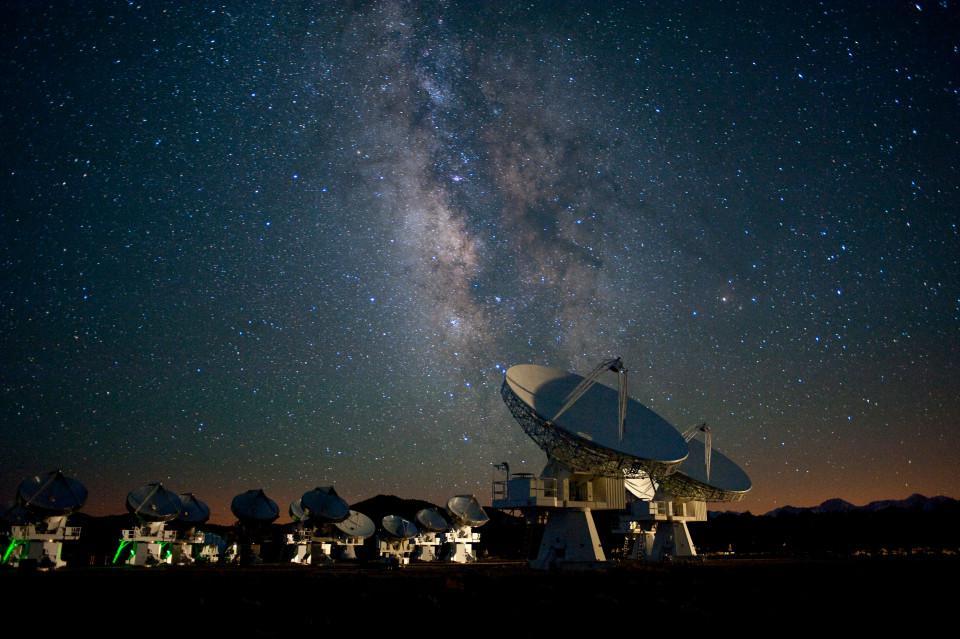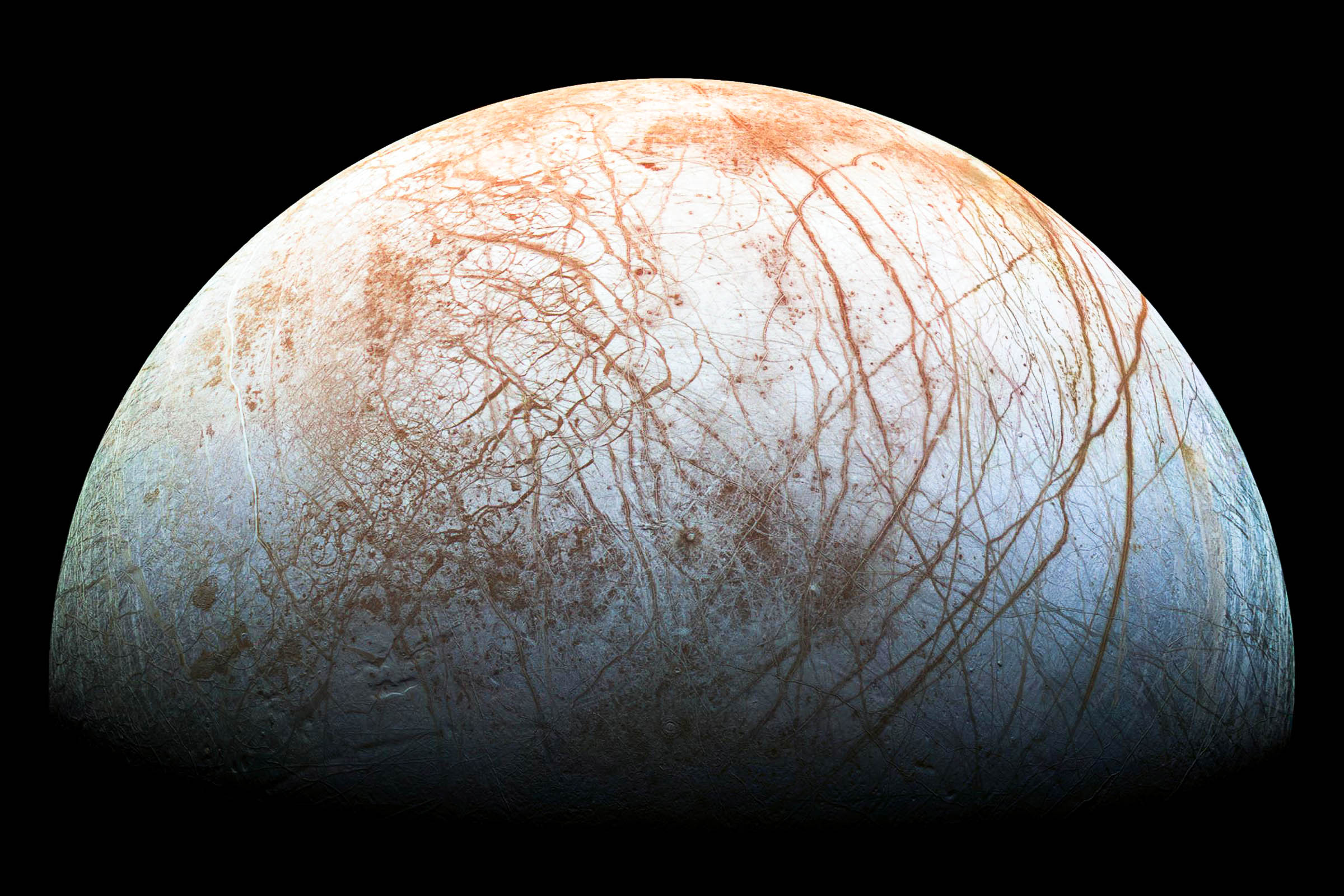Using five gravitational assists, the interplanetary probe known as the Jupiter Icy Moons Explorer (JUICE) is expected to skim by Europa in 2032, in preparation for one of the top missions of the century: the Europa Lander.
Below a solid layer of ice convection at Europa’s subsurface, it is almost certain that a global saltwater ocean exists. If life is found, it may be the only habitable celestial body of its kind in the solar system.
The Tianwen-1, Perseverance, the Enceladus Life Finder, and Dragonfly are among the missions that will focus on the origins of life throughout the rest of this century. Enceladus and Titan, two natural satellites corresponding to these future missions, may also contain subsurface bodies of water.
Since the inception of astrobiology in the late 1990s, many members of the scientific community have sought to comprehend the societal implications of future discoveries that could provide answers to life’s paradigmatic existential questions. And upcoming missions over the next decade or so could further expand the interdisciplinary field of astrobiology, implicating additional scientific disciplines.
The Origins of Life
In 2020, no findings confirming the existence of habitability or biosignatures beyond the Blue Marble have been made public. The farthest a rover has ever permeated another planet’s atmosphere was on the surface of Venus during the height of the Space Race during the Cold War.
With its Venera program, the Soviet Union established a number of milestones in space exploration in the 1960s. Its missions to the surface of Venus established the first human-made device to enter another planet’s atmosphere and the first landing of a rover with recorded sounds on another planetary body.
In recent times, the National Aeronautics and Space Administration (NASA) and the China National Space Administration (CNSA) have shifted their focus in the search for signs of life from Venus’ surface to the Red Planet, 0.8 astronomical units away.
The concept of habitability on Mars is restricted to conditions that support life.
Understanding the hypothetical emergence of life on a non-terrestrial surface relies heavily on planetary evolution, genomic mutations, ecological successions, and solar system dynamics.

If any biosignatures were to be discovered during future missions to Mars or Europa, popular theories such as interplanetary panspermia and the metabolism-first hypothesis would likely be the subject of intensive study.
Directed panspermia, as hypothesized to have occurred as a result of the Israeli Beresheet lunar lander, could explain the difficulty of microorganism distribution in our solar system. As part of the metabolism-first hypothesis, however, prebiotic life on Earth is purported to have originated on the seafloor in hydrothermal vents. High-temperature vents on the seabed may have induced the organic molecules and ingredients that enabled life.
“There is a lot of speculation that hydrothermal vents could be the location where life on Earth began,” said Nora de Leeuw, the co-author of a study published in the journal Chemical Communications.
“There is a lot of CO2 dissolved in the water, which could provide the carbon that the chemistry of living organisms is based on, and there is plenty of energy, because the water is hot and turbulent. What our research proves is that these vents also have the chemical properties that encourage these molecules to recombine into molecules usually associated with living organisms,” Leeuw concluded in her findings.
Hydrothermal vents as a plausible explanation of chemical precursors to life on Earth could aid the search for life on Europa, the icy moon of Jupiter. The hypothetical ocean floor of the icy moon may contain hydrothermal systems similar to those on Earth.
However, regardless of where biosignatures may be discovered beyond the Blue Marble, it is essential to consider the societal implications of such discoveries. The discovery of life on Europa, for example, would revolutionize nearly all scientific fields.
Astrobiological Implications
A discovery of intelligent life beyond the Blue Marble could result in profound psychological and social changes. An independent city-state that still houses remnants of the ancient Roman era once proclaimed that it would welcome such a discovery.

As interdisciplinary and multidisciplinary work in the search for life expands, sustaining funding for future research is crucial. Implementing credible experts in various disciplines who can contextualize astrobiological findings within their respective scientific domains would lead to a profound unification of knowledge.
Efforts to consider the ethical, educational, historical, theological, psychological, and sociological implications of astrobiological research have piqued the interest of the scientific community—and are likely to continue well into the future.


